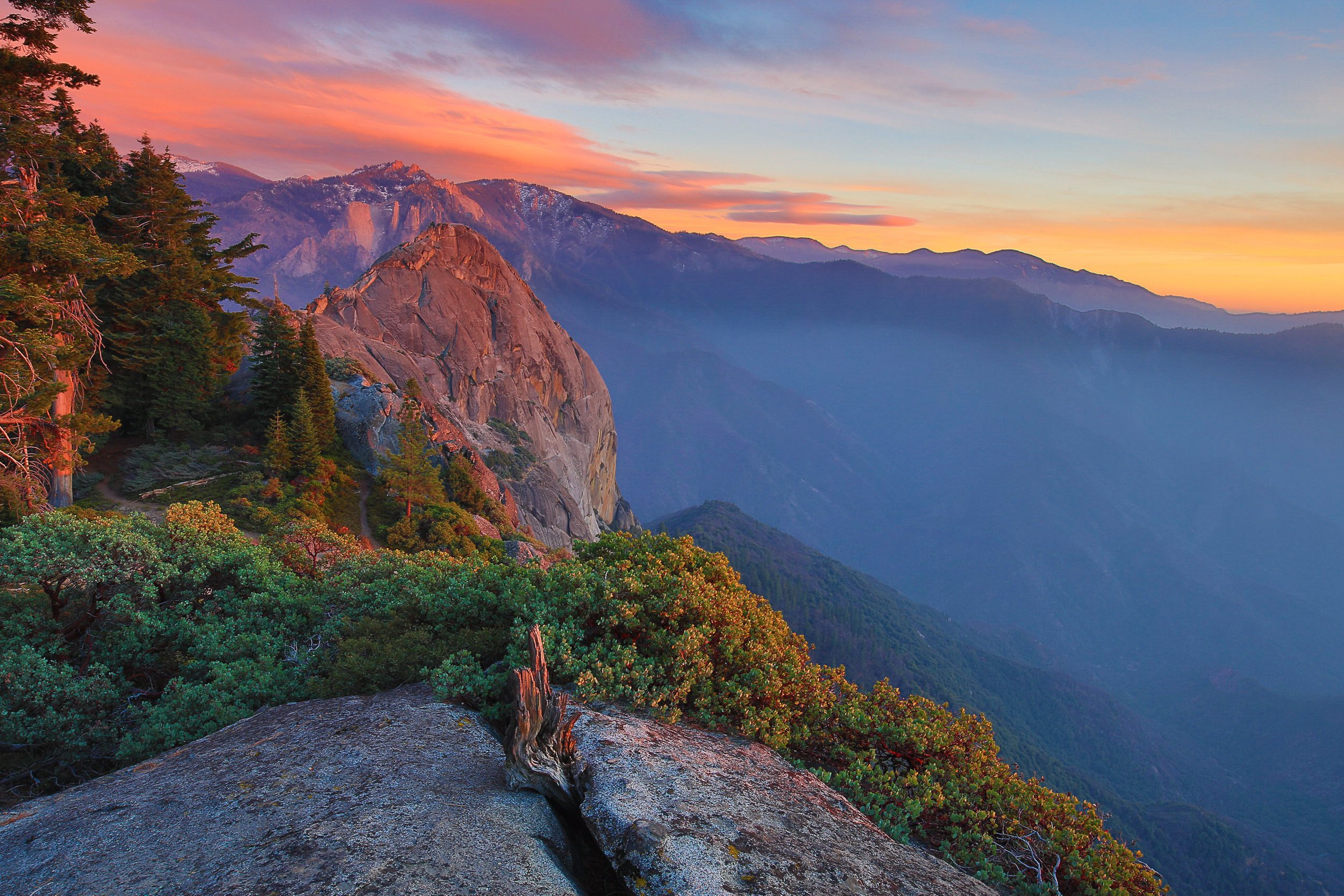Protecting California’s Kaleidoscope of Landscapes and Wildlife
Updated: November 18, 2021
At Wildlands Network we envision the entire continent of North America comprised of highly functional, connected ecosystems where biodiversity thrives, and wildlife moves unconstrained by political boundaries. Of course, as advocates our efforts are constrained by political boundaries, and realities.
As such, our vision must be pursued in smaller geopolitical increments. We:
Pursue laws and regulations at international, federal, state and local levels;
Study animal movement and design road crossings at specific locations;
We form conservation collaboratives that join place-based groups with staff from local, state and federal agencies to improve landscape conservation.
And in each location, we also face different landscapes – physical and philosophical – that challenge our efforts. Which brings me to the point of this blog: pursuing our vision of connectivity in California. View our StoryMap below.
Envisioning a
Connected
California
Wildlife crossings are an important step to reconnecting habitat and enhancing public safety.
Associate Justice of the Supreme Court Louis Brandeis was the first to popularize the phrase that states “are the laboratories of democracy.” California is the most important laboratory for protecting landscape connectivity on a continental scale of any State in the Union. More than any other state, California provides a microcosm of the opportunities and the challenges we face in rewilding North America.
From its lush, cold water marine kelp beds to fresh water streams providing spawning beds for endangered salmon runs; from desert inhabited by big horn sheep and endangered desert tortoises; from high alpine meadows, lakes and glacial peaks to old growth forests of towering redwoods, to an internationally known mountain lion roaming an urban park, California has an unparalleled diversity of ecosystems and species. Our science analysis tells us that California can be reconnected and restored from north to south, and east to west. But it will not be easy.
California has more people than any other state. Los Angeles alone has more people than the states of Idaho, Wyoming and Montana combined. It has more roads and freeways and cars, fragmenting the state; literally landlocking cougars in Hollywood parks, cut off from the lions in the Santa Monica Mountains. Offshore oil spills wreak havoc on sensitive marine habitats. Even “green” energy development poses challenges: Solar energy farms threaten desert tortoises’ existence and wind farms put sage grouse at risk. Wildfires are exploding, destroying and threatening human and nonhuman communities. Reliant in the south on Colorado River water, the West’s prolonged drought threatens agriculture that much of the country relies on and further exacerbates the fight for water between human agricultural interests, tribes whose traditional ways are tied to endangered salmon and, of course, the consumptive needs of all those millions of people. California shares a border with Mexico, and a wall that restricts wildlife movement but not people. And speaking of people, California has rich historic ties to Mexico, and a history of immigrants; from Europeans moving west, Asians moving east, all joining the indigenous communities who were already present, exemplify the “melting pot” moniker.
Enfolding this kaleidoscope of landscapes and people is a civic spirit that dares to go first – the citizens of California have repeatedly demonstrated a willingness to embrace bold and novel conservation action. What other state would commit over $60 million to the audacious idea of building a highway crossing over eight lanes of Interstate to reconnect a handful of lions in Los Angeles with their kin in the Santa Monica Mountains? From actions to address air and water pollution to combatting climate change, California has long led the way on environmental and conservation policies. And today, as we face dual existential threats from climate change and the great die-off of species, California’s leadership is embracing measures like protecting 30% of its lands and waters by 2030.
In California, Wildlands Network has been working on the ground over the last year and half to make our vision a reality. We:
Are working with legislators in California to encourage the adoption of a wildlife connectivity action plan to identify projects to create a connected California for wildlife;
Brought together a working group to identify and improve movement opportunities for wildlife on HWY 395;
Have contributed to California’s efforts on 30x30 through a draft California 30x30 plan; and
We are engaging partners to improve landscape conservation efforts in Southern California.
Our California Project Manager, Mari Galloway, recently launched “Envisioning a Connected California,” the start of a connectivity opportunities map that will walk you through the projects that will support a connected North America. The Liberty Canyon project is an important one for P-22 and the Santa Monica lion population, but it is just one piece of the puzzle of reconnecting and restoring California’s wild places. We look forward to telling you about some of those other critical pieces moving forward.
If we can make connectivity and biodiversity protection happen in California, we can make it happen all across North America. And there’s no time to waste – California provides the opportunity to demonstrate what is possible in the realm of large landscape conservation and it’s an opportunity we fully embrace.
Photo: Quattrophotography/Adobe Stock



